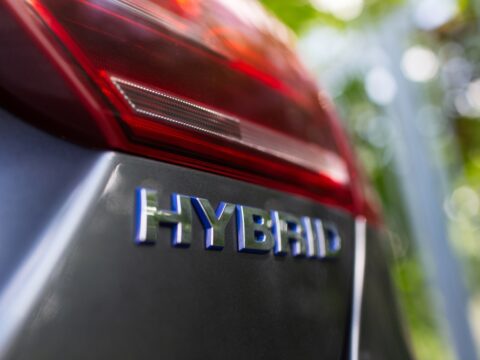Keeping your car clean is essential, but are you doing it right? Washing your car seems straightforward, but common mistakes can lead to damage and diminish its appearance. Here’s a rundown of the worst car washing errors and tips on how to avoid them, ensuring your vehicle remains spotless and well-maintained.
Contents
Using the Wrong Soap
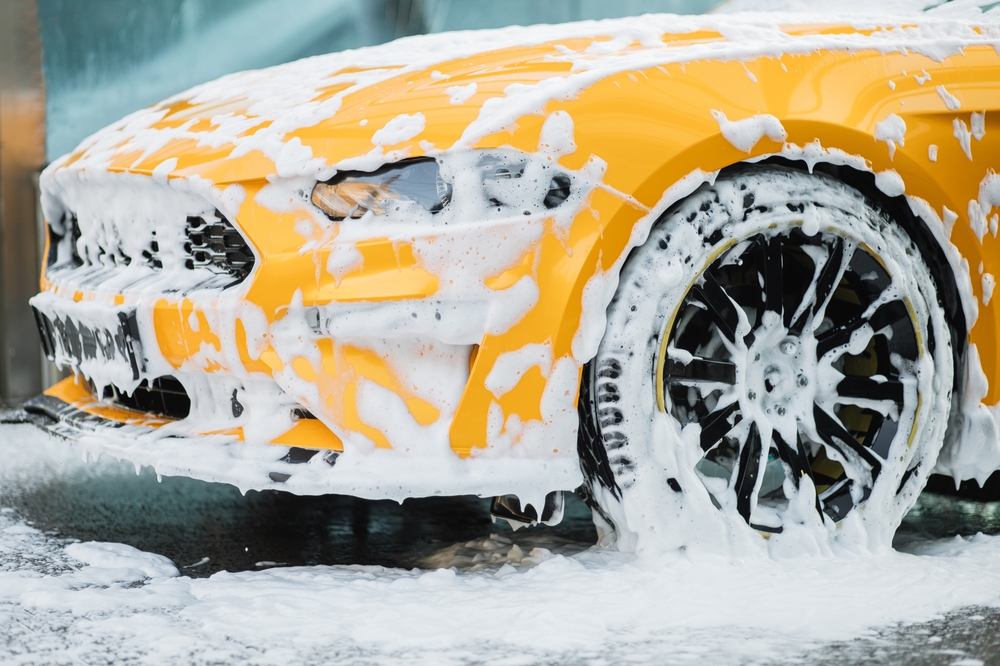
Utilizing dish soap, laundry detergent, or other household cleaners on your car can severely degrade the wax and outer coating, leading to increased vulnerability to scratches, sun damage, and environmental pollutants. These products are not pH-balanced for automotive paint, and their harsh chemical compositions can strip protective layers. Always choose a car-specific wash soap, which is designed to safely clean without removing the protective wax.
Using the Wrong Tools
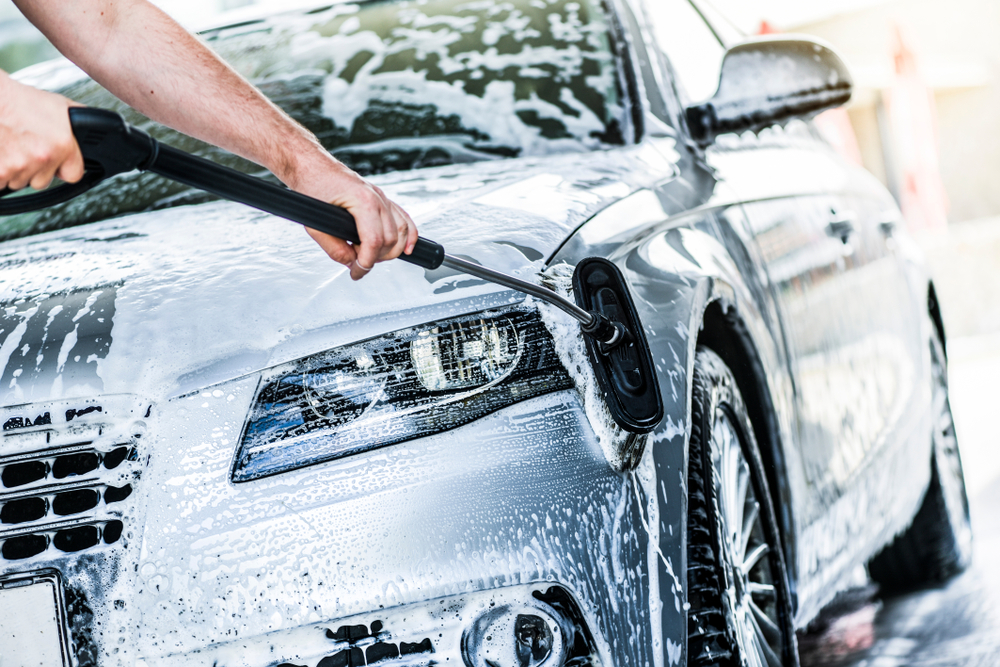
Using inappropriate cleaning tools like household brushes, old rags, or hard sponges can cause micro-scratches and swirl marks on the car’s surface. These scratches, although small, can accumulate over time and dull your car’s finish. Instead, opt for a microfiber wash mitt or a high-quality soft sponge designed to gently glide over the car surface, trapping dirt and grit effectively without scratching the paint.
Not Cleaning Windows Properly

Windows requires specific care, as using the wrong products can leave streaks and residues that not only look unappealing but also obstruct the driver’s vision. Avoid ammonia-based household glass cleaners, which can damage window tints. Use an automotive glass cleaner and a microfiber cloth for a streak-free finish, ensuring clear visibility and a polished look.
Skipping the Rinse

Neglecting to thoroughly rinse your car after washing can leave soap residue, which dries out and attracts more dirt. It’s crucial to rinse your vehicle thoroughly from top to bottom to remove all soap suds and loosened dirt, preventing them from drying on the surface and causing scratches when you later move to dry.
Washing in Direct Sunlight
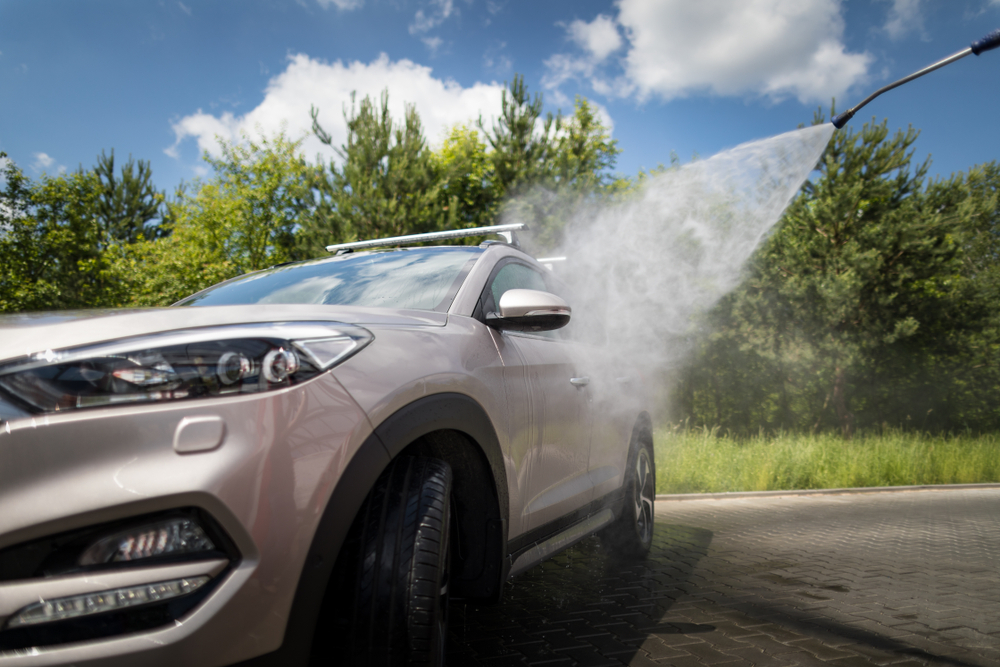
Direct sunlight can cause rapid evaporation of water, which increases the risk of water spots and makes it difficult to clean the car effectively. The heat can also cause soap to dry prematurely, leaving a residue that’s hard to remove. To avoid these issues, wash your car in the shade or on a cloudy day when the surface is naturally cool.
Neglecting the Interior
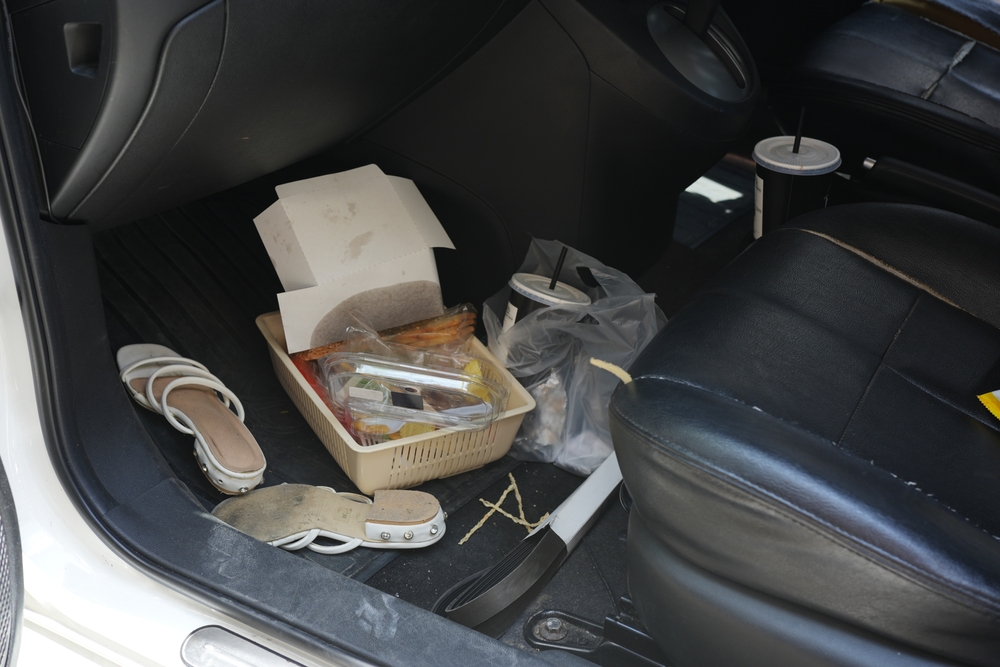
The car’s interior can accumulate dirt and bacteria, which affects not only the aesthetic appeal but also the air quality inside your vehicle. Regular cleaning of the dashboard, seats, and carpets is essential. Use appropriate cleaners for different materials like leather, vinyl, and fabric, and keep the interior fresh and hygienic.
Not Drying Properly
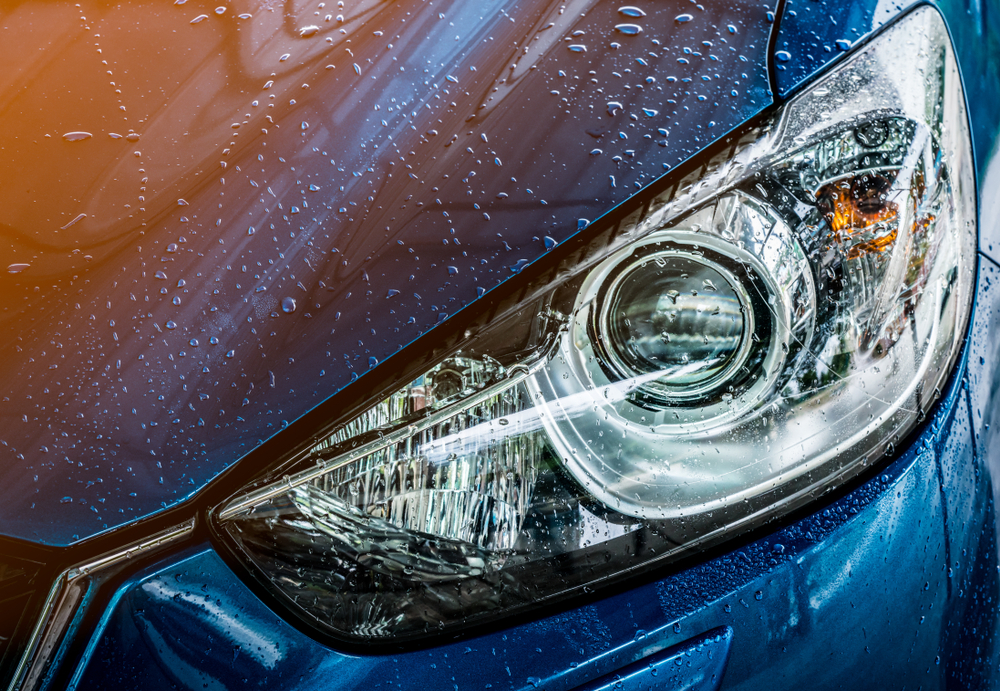
Allowing your car to air dry can lead to water spots, which are mineral deposits left when water evaporates. These spots can etch into the paint over time, requiring costly repairs. To avoid this, use clean, soft microfiber towels to dry your car thoroughly after rinsing. This method also helps in giving your car a gleaming finish without scratches.
Using Dirty Towels
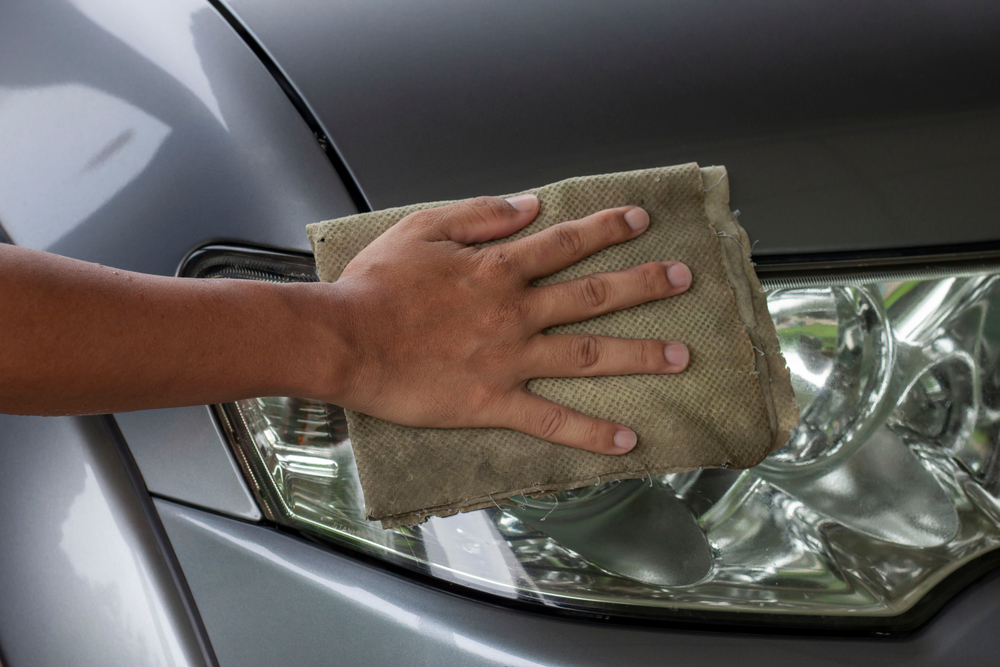
Reusing towels without washing them first can reintroduce dirt onto your car’s surface, creating scratches. Microscopic grit and particles trapped in the fibers of dirty towels can act like sandpaper against your car’s paint. Always use freshly laundered microfiber towels to ensure that you are not accidentally damaging your vehicle’s finish during the drying process.
Skipping Wax
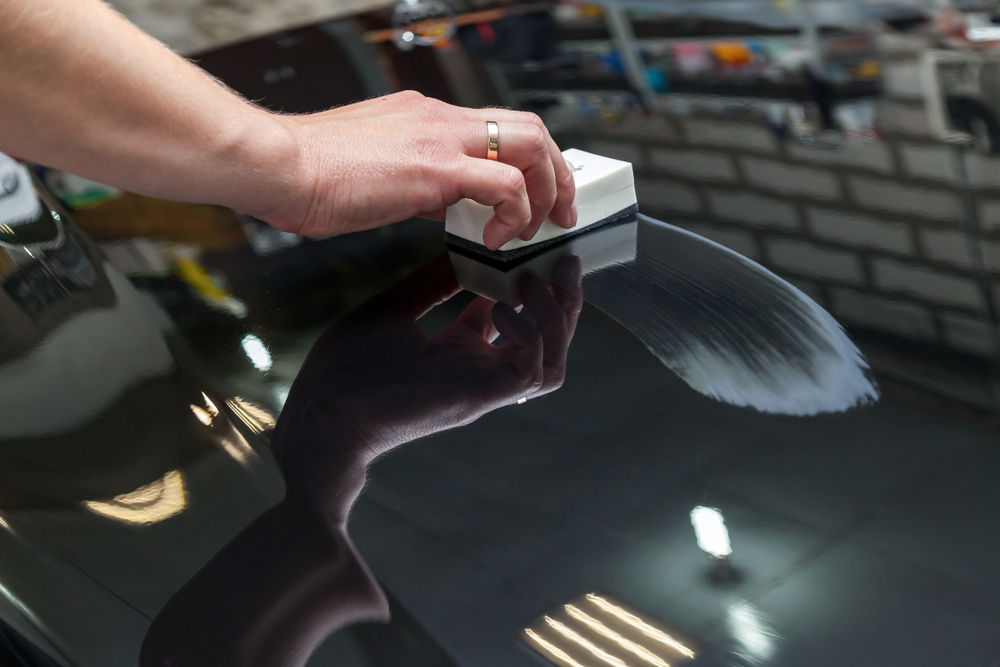
Waxing not only enhances the appearance of your car by adding a shiny top coat but also protects the paint from UV rays, pollution, and dirt. Skipping this step can leave the paint exposed and susceptible to fading and oxidation. Regular waxing, every three to six months, forms a protective barrier and helps maintain the color and shine of your vehicle.
Neglecting Wheels and Undercarriage
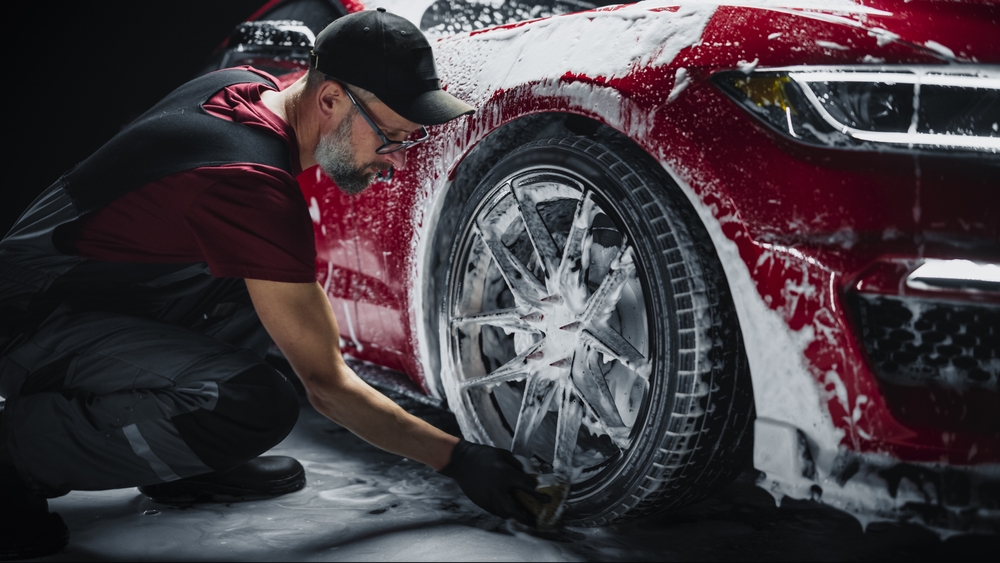
These areas are often the dirtiest parts of a car as they are closest to the road and are subject to heavy contamination from brake dust, road salts, and other corrosive materials. Cleaning your wheels and undercarriage regularly helps prevent rust and damage. Use a dedicated wheel cleaner and a softer brush for the wheels, and ensure a thorough spray down of the undercarriage to wash away harmful build-up and debris.
Washing Out of Order
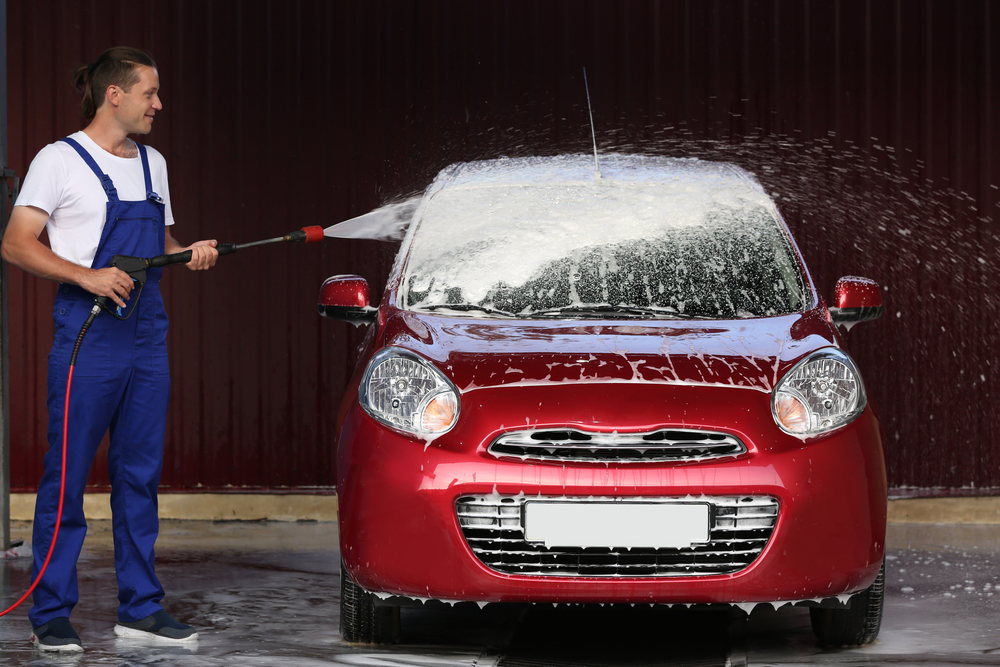
Starting the cleaning process from the bottom of the car may seem efficient, but it can cause already cleaned areas to become dirty again as dirt and suds slide down. Always begin at the top and work your way down. This approach ensures that the dirt and debris naturally flow downwards, reducing the risk of recontaminating cleaned areas and making your washing process more efficient.
Not Replacing Worn-Out Tools
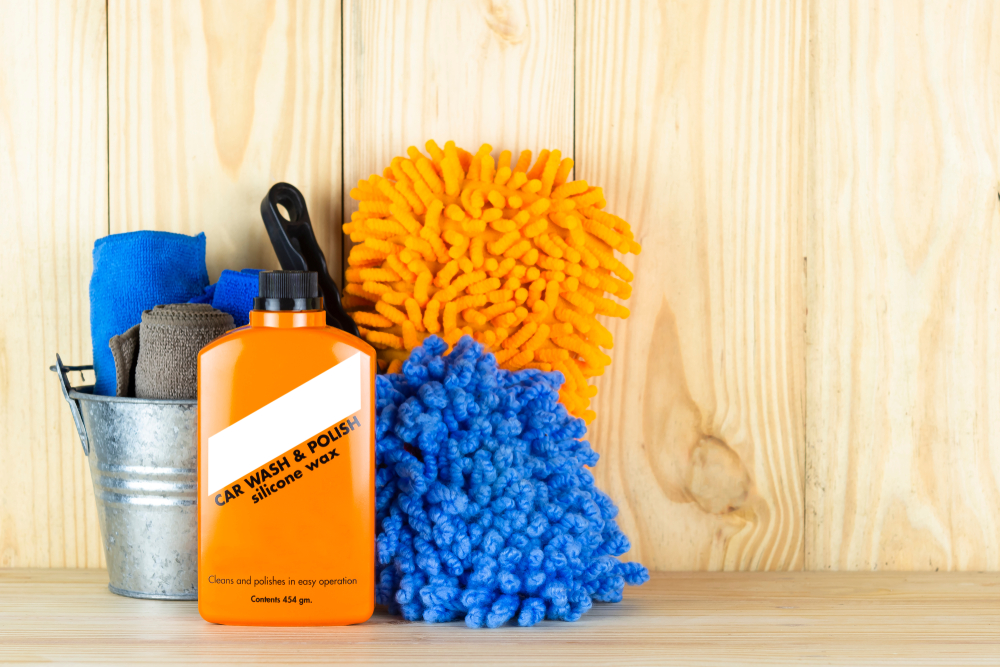
Using old or damaged washing tools can be counterproductive. Worn-out sponges, brushes, or towels may not only be less effective but can also cause scratches to the car’s surface. Regularly inspect and replace any cleaning tools that show signs of wear to ensure a safe and effective cleaning process.
Ignoring Door Jams and Trunks
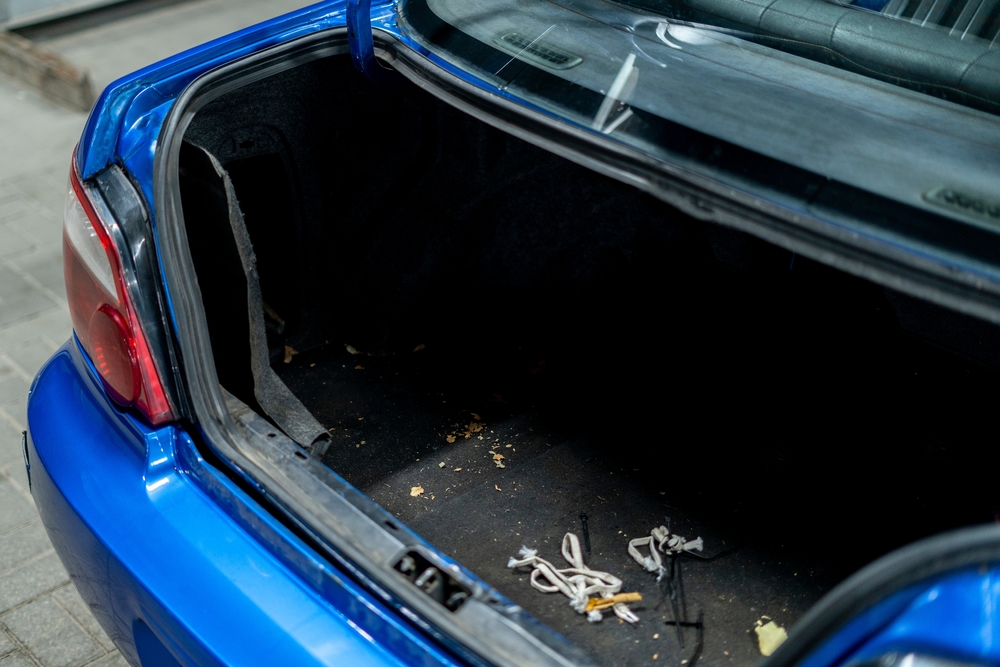
These often-overlooked areas can accumulate a significant amount of dirt and debris, which not only affects the overall cleanliness of your vehicle but also can cause rusting and deterioration of seals over time. Cleaning door jams and the trunk area prevents build-up, preserves the car’s integrity, and ensures a thorough cleaning. Make sure to wipe these areas with a damp cloth and dry them properly to prevent moisture accumulation.
Applying Too Much Pressure When Scrubbing
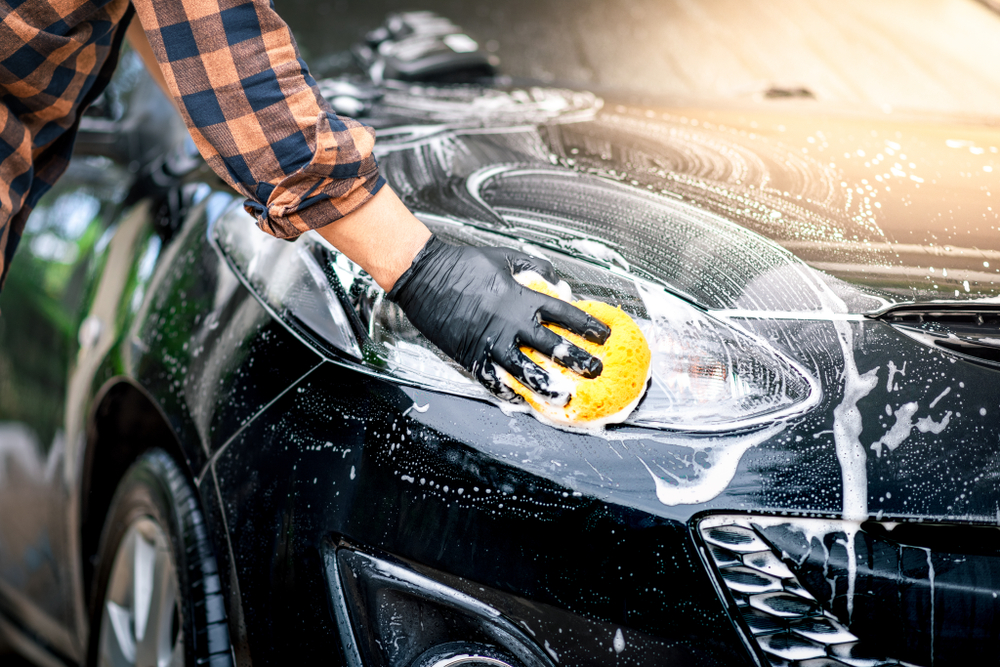
Vigorous scrubbing might seem necessary for tough stains, but excessive pressure can easily scratch the paint’s surface, especially if dirt or sand is present. Use gentle, circular motions with a soft brush or cloth to safely remove dirt. This method helps protect the paint while ensuring that the car is cleaned effectively, maintaining the aesthetic appeal without causing damage.
Using Hard Water for Washing

Hard water contains minerals that can leave deposits on your car’s surface after drying. These deposits can etch into the paint and glass, causing dullness and potential damage over time. If possible, use softened water for washing your car. This helps prevent the formation of hard water spots and ensures a clearer, shinier finish after washing.
Overlooking Rubber Seals
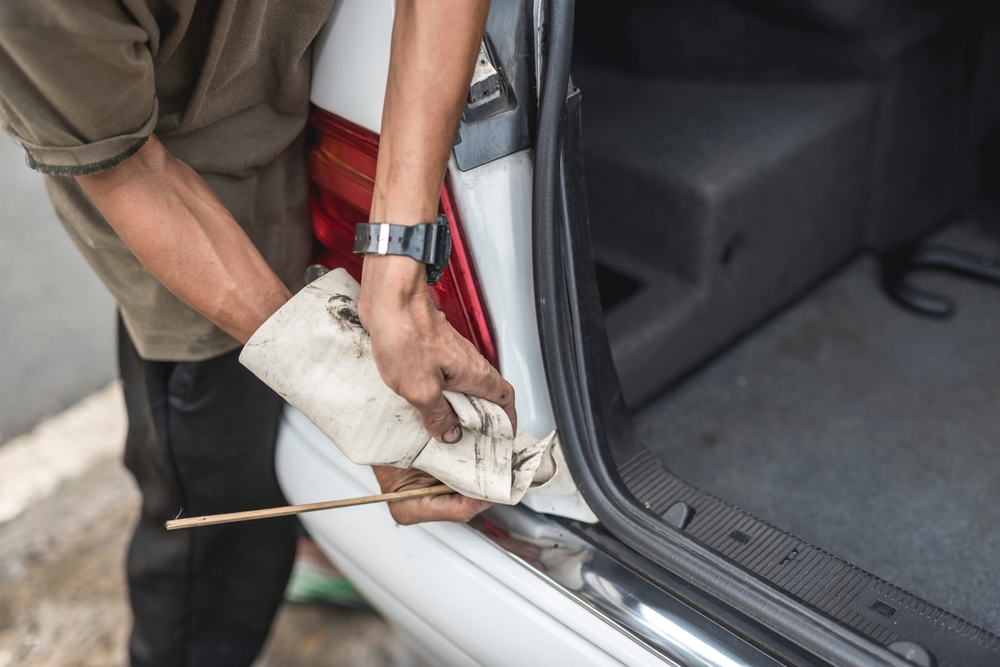
Rubber seals around the windows and doors are crucial for preventing water and air leaks but can degrade if not maintained. Dirt and environmental elements can cause the rubber to dry out and crack. Cleaning and applying a rubber protectant periodically not only extends the life of the seals but also ensures they continue to function properly.
Frequent Washing
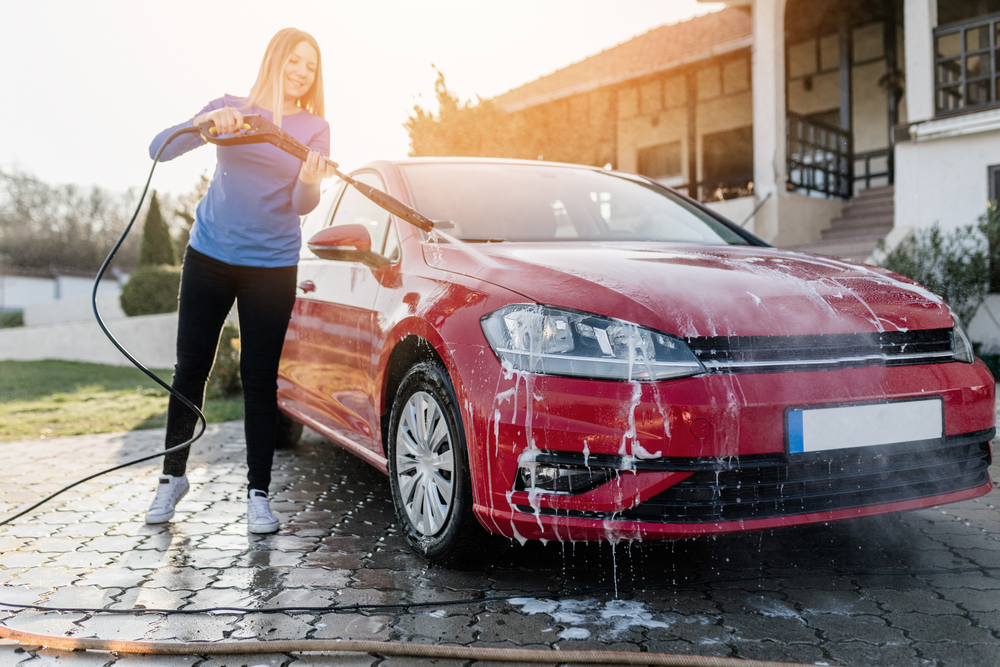
While keeping your car clean is important, over-washing can wear down the paint and protective coatings more quickly than expected. It’s important to wash your car as needed, usually when it’s visibly dirty or exposed to contaminants like bird droppings or tree sap. Generally, washing your car every two weeks is sufficient to keep it clean without causing excessive wear.
This article originally appeared on MyCarMakesNoise.
More from MyCarMakesNoise
13 Car Companies That Drove into Oblivion
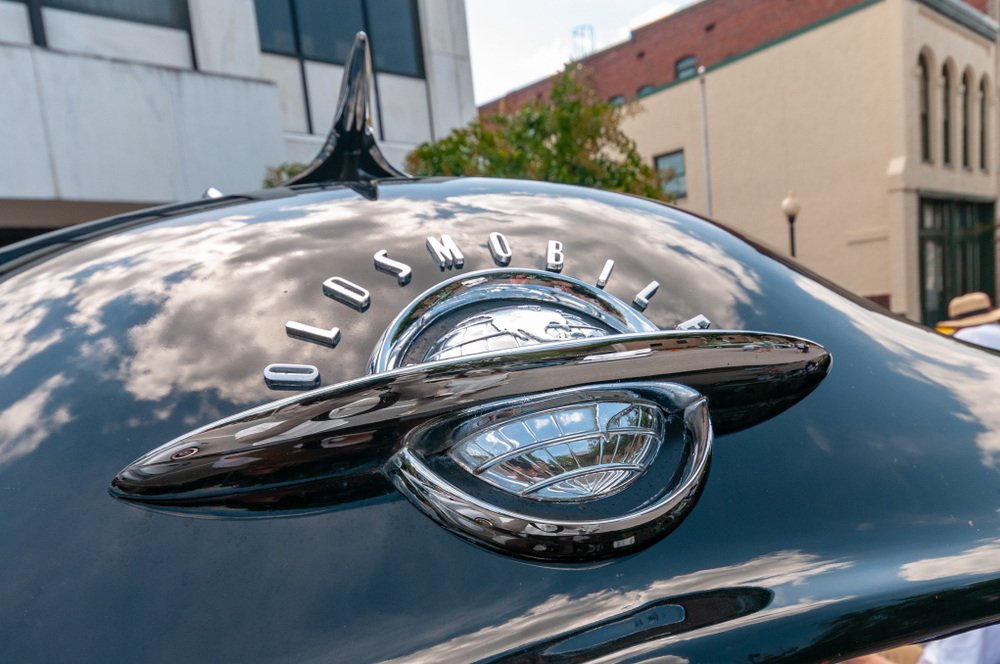
Throughout the history of the automotive industry, many brands have attempted to make an impact, yet not all have succeeded. Here, we delve into the stories of car companies that, despite their initial promise, ultimately met with failure. Read More.
14 Key Technological Progressions in Fighter Jets

Fighter jets have come a long way since their early days, evolving with incredible advancements that push the limits of technology. From stealth capabilities to cutting-edge propulsion systems, these aircraft have integrated numerous innovations to stay ahead in modern warfare. Read More.
13 Little-Known Hybrids with Great Efficiency

Hybrid vehicles have come a long way since their inception, evolving into diverse models that cater to varying tastes and needs. Yet, beyond the well-touted giants of the segment like the Toyota Prius, there exists a plethora of lesser-known hybrids that offer exceptional fuel efficiency and environmental benefits. Read More.

